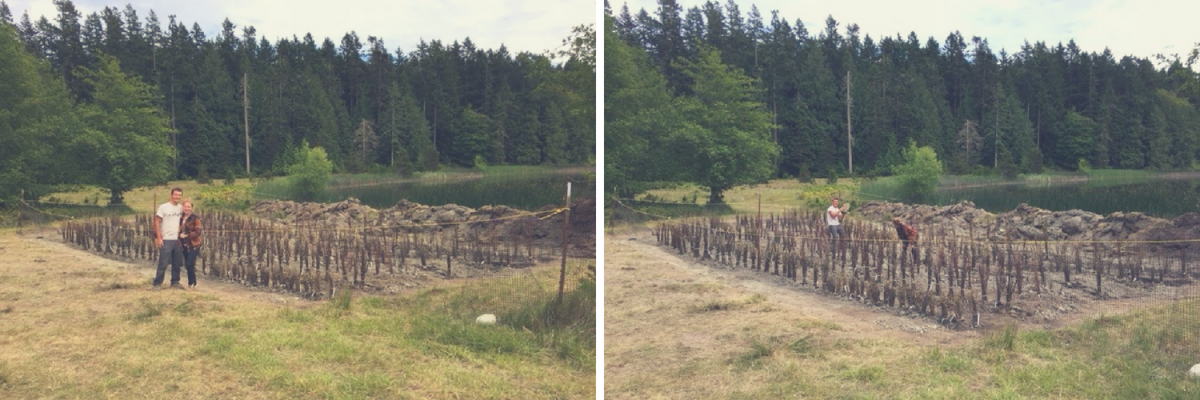At a recent Orcas Island Farmers Market in the San Juan Islands, our Committee Chair, Lynn Bahrych, ran into Girl Meets Dirt. Girl Meets Dirt is an established business on Orcas. They make organic jams, shrubs, and spreads from heritage fruit produced at old orchards that they help maintain. Girl Meets Dirt helps the orchardist do the pruning and soil enhancements for the fruit trees. Then they harvest and process the fruit. Girl Meets Dirt creates new and delicious jams from the ground up, starting with soil health improvement. This is why we decided to share a bit about them!
Tag: san juan islands
Soil Committee is Giving Away Trees in San Juan County
The Washington State Soil Health Committee has started an education and outreach program in San Juan County. The project aims to distribute, at no cost, surplus native bare-root trees that would otherwise be destroyed at the end of the nursery season. The trees will go to landowners in San Juan County who are doing shoreline restoration, wetland recovery, or native tree planting. So far, hundreds of bare-root native trees have been provided to three San Juan County farms: Smiling Dog Farm on Orcas Island, Horseshu Farm on San Juan Island, and Ken Davis’s farm on San Juan Island.
Download our flyer for more details on how to plant and care for your native tree.
Did you know?
Trees are the longest-living organisms on Earth.
Trees capture and store more energy than any other organisms on Earth.
What will a native tree do?
- Provides fresh oxygen for you to breathe. One acre of forest absorbs 6 tons of carbon dioxide and exhales 4 tons of fresh oxygen (USDA), cleaning our air and combating climate change.
- Cleans air by removing small particulates, reducing symptoms of asthma and other respiratory diseases.
- Filters groundwater by root chemistry. Tree leaves and needles transpire, creating clean, tree-filtered water, cooling and cleansing the air.
- Shields other living creatures, including you, from solar heat, blocking ultraviolet rays that cause cancer.
- Aids in recharging groundwater supply by preventing rain runoff from surrounding soils.
- Produces aerosols from some trees, like willows, that fight cancer, while other trees produce antibiotic aerosols.
- Reduces depression and anxiety. Visual exposure to trees has produced recovery from stress in five minutes, as measured by blood pressure and muscle tension, according to research at Texas A & M University.
What will your native tree do for your soil?
- Trees transfer solar energy to the soil, through photosynthesis, to feed the microbes that give soil life, that makes “living soil.”
- Trees prevent soil erosion in the broad area of their rooting zone, providing sub-surface drainage for rain runoff and holding the soil in place.
- Trees prevent large-scale flooding, which washes topsoil away.
- Trees produce organic material that enriches the soil, such as leaves and decomposing branches.
- Trees fix nitrogen in the soil.
- Trees work symbiotically with the fungal mat that lies under the ground, giving soil structure, and supporting all terrestrial life in mysterious ways.
What other benefits will the ecosystem receive?
- In San Juan County, planting trees on the shoreline produces humic acid which stimulates the growth of plankton in sea water, thereby enriching the food web in the Salish Sea.
- Trees provide habitat and food for birds and other animals. Your wildlife will love you, especially if you leave dead trees standing. Birds and other nesting creatures regard a dead snag as premium residential housing, as well as five-star dining on resident bugs.




